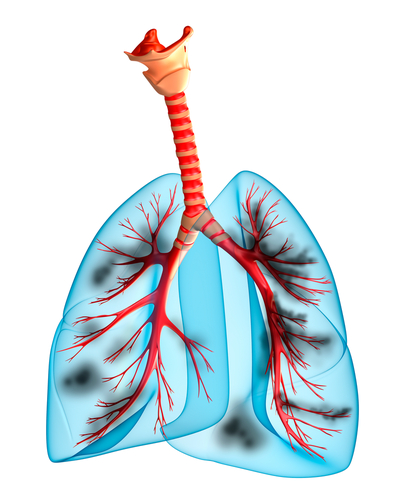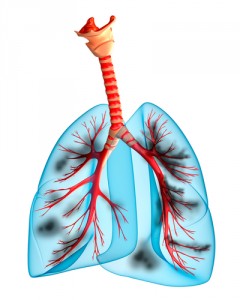Study Finds Idiopathic Pulmonary Fibrosis Has the Worst Outcome in Patients with Diffuse Parenchymal Lung Diseases

 A recent study entitled “Spectrum of diffuse parenchymal lung diseases with special reference to idiopathic pulmonary fibrosis and connective tissue disease: An eastern India experience,” published in the journal Lung India, compared the clinical spectrum of diffuse parenchymal lung diseases (DPLD) with idiopathic pulmonary fibrosis (IPF) and connective tissue disease associated DPLD (CTD-DPLD), and found that IPF is the associated condition with the worst outcome.
A recent study entitled “Spectrum of diffuse parenchymal lung diseases with special reference to idiopathic pulmonary fibrosis and connective tissue disease: An eastern India experience,” published in the journal Lung India, compared the clinical spectrum of diffuse parenchymal lung diseases (DPLD) with idiopathic pulmonary fibrosis (IPF) and connective tissue disease associated DPLD (CTD-DPLD), and found that IPF is the associated condition with the worst outcome.
There are several conditions that cause diffuse parenchymal lung diseases (DPLD), with connective tissue disease (CTD) and idiopathic pulmonary fibrosis (IPF) being the most common that lead to the poorest outcomes.
[adrotate group=”4″]
Although high-resolution computed tomography scan (HRCT) pattern and pathological findings are now being applied to these associated conditions, there are differences in the treatment and prognosis. As a result, the team of researchers from India found that is was necessary to distinguish between the two conditions.
In this study, lead investigator Somenath Kundu and colleagues prospectively evaluated the clinical spectrum of DPLDs over the course of one year in a Pulmonary Medicine Department in West Bengal, and compared the two most common causes of DPLD (IPF and CTD-DPLD). A sample of 112 patients with diffuse parenchymal lung disease was examined, with results revealing that the most common causes of DPLD were IPF (n = 35, 38.04%), CTD-DPLD (n = 29, 31.5%), hypersensitivity pneumonitis (n = 10, 10.9%), sarcoidosis (n = 5, 5.4%) and silicosis (n = 5, 5.4%).
In this study, the CTD-DPLD patients were found to belong to a younger age group, to have a longer duration of symptoms, more extra pulmonary manifestations, and significantly more baseline FVC and 6-minute-walk-distance than the IPF patients.
[adrotate group=”3″]
Patients with IPF were under treatment and were shown to have a significant decline in FVC after six months compared to the CTD-DPLD group.
Results from this study found that CTD-DPLD patients have better physiological parameters and better response to therapy than IPF patients, which continues to demonstrate the need for targeted treatments for patients with IPF and the worst progression of this severe condition.
Researchers concluded that there is an urgent need for large prospective epidemiological studies and clinical trials to increase the understanding and the treatment options for patients with CTD that have complex associated disorders such as IPF and CTD-DPLD.







